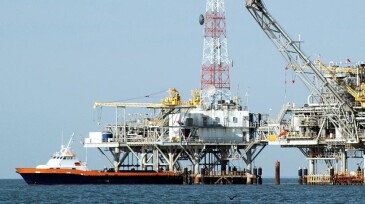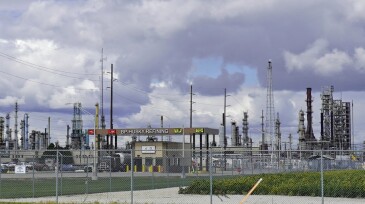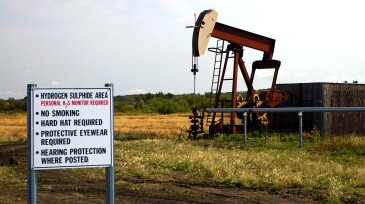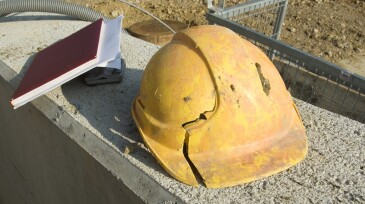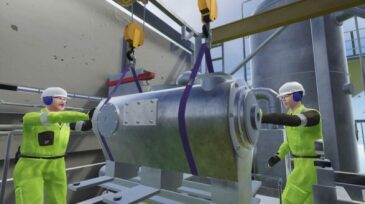safety
-
This paper’s proposal is based on the need to communicate commands, requests, affirmations, and more with precision and accuracy. Creating an architecture for rig communications is essential for the next generation of engineers and operators to work more safely and more efficiently.
-
A recent report released from the National Academies of Sciences, Engineering, and Medicine shows improvement in measurement and management of systemic risk in Gulf of Mexico oil and gas operations but adds that progress lags in some areas.
-
A study from the International Association of Oil and Gas Producers shows the value of eye-tracking in well control operations.
-
OSHA cited BP with 10 serious violations, saying the gas production plant lacked adequate training and process controls for leaks. The explosion killed two workers in September.
-
OSHA issued citations to oil and gas waste-management company Production Waste Solutions for failing to protect workers from hydrogen sulfide after an employee died.
-
The British Safety Industry Federation found that 85% of safety products it tested between December 2021 and December 2022 failed to meet its regulatory criteria.
-
Equinor is adopting a mobile-game-based “safety simulator” training program from learning and development company Attensi, and a user survey suggests it’s working.
-
Risk is a common thread that runs throughout all engineering disciplines. This course aims to present how to understand and identify hazards, analyze risk, and understand the importance of a comprehensive management system.
-
Harish Krishnamoorthy, assistant professor of electrical and computer engineering at the University of Houston, has been selected by the National Academies’ Gulf Research Program as an early-career research fellow in the Offshore Energy Safety track.
-
Creating and cultivating a safety culture is one of the most effective ways to protect employees and ensure a safe workplace. But building a safety culture can be difficult. It takes time, effort, and commitment from everyone in the organization.


